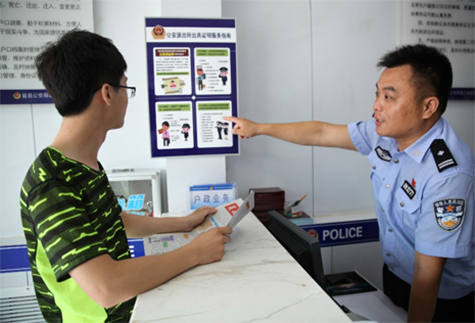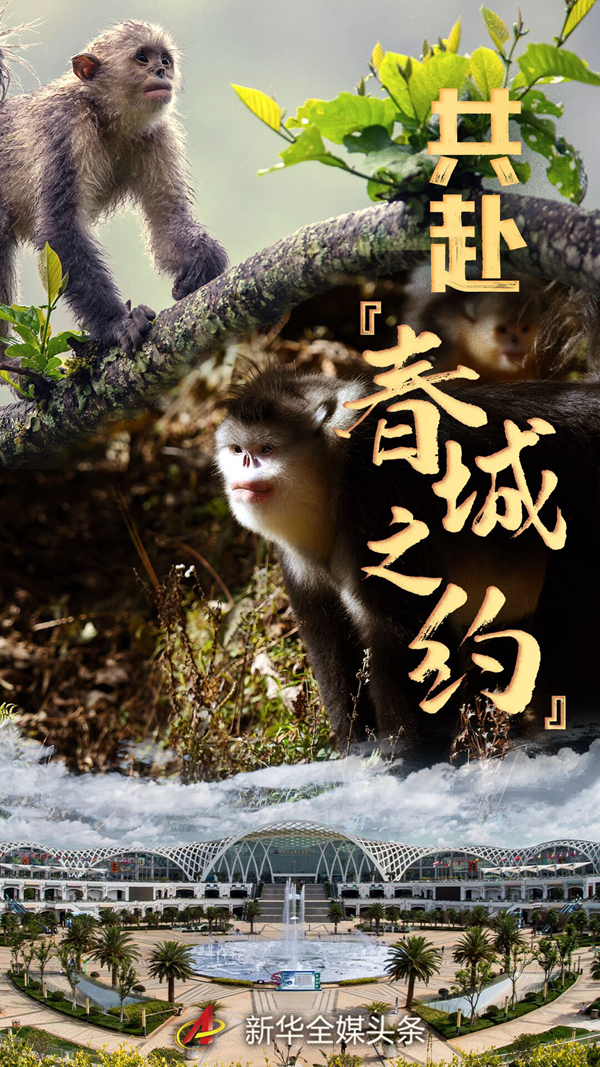Recently, Yang Ziqiong became the first Chinese-American best actress in Oscar history with the movie "A Moment of the Universe", and this actress branded with "Kung Fu" is attracting worldwide attention.
From Crouching Tiger, Hidden Dragon to Kung Fu Panda, and from Bruce Lee to Yang Ziqiong, do you know what China Kung Fu was like when it first appeared in movies? What kind of development has China Kung Fu experienced in film and television dramas? Why is China’s "Kung Fu Image" famous in the world?
The earliest kung fu films were born in Shanghai.
Kung fu film is a unique film genre in China, which was first born in the 1920s.
It is said that when Zhang Shichuan, then director of Shanghai Star Film Company, was checking his son’s homework, he accidentally found that he was hiding under his desk and peeking at the Legend of the Wonder Man in the Jianghu. Zhang Shichuan read it out of curiosity, but he was completely attracted by the ups and downs in the novel. Therefore, he presided over the adaptation of some paragraphs of this book and filmed the earliest kung fu film in China-"Burning Red Lotus Temple".
In this film, a complete martial arts world is constructed: through the synthesis of lens images, the characters complete the stunts such as walking on clouds, climbing over the eaves, becoming bigger and smaller; The use of "top-to-top" shooting shows a complete temple, rugged peaks and towers entering the clouds; "Hanging Weiya" also appeared in the film for the first time, and the actors were dragged by wire ropes and floated in the clouds.
On May 13th, 1928, "Burning Red Lotus Temple" premiered at the Shanghai Central Grand Theatre, which formed a hot scene of "a crowd of people rushing to see it, making a rich income". At that time, the cinema was shown four times a day, and it was still hard to get a ticket.
With the national popularity of the film, Star Company has successively released 18 episodes of Burning Red Lotus Temple. In the following four years, 50 film companies in Shanghai made 400 films, among which 250 films included elements of Kung Fu and Martial Arts, accounting for 62.5% of the total, which triggered a heat wave in the industry of Kung Fu and Martial Arts.
However, kung fu martial arts films at that time contained more supernatural elements, and the presentation of kung fu itself was relatively limited. Therefore, in 1931, the government of the Republic of China issued a decree prohibiting the shooting of such films. China Kung Fu movies have to shift their focus to Hongkong.
In Hong Kong, the early Kung Fu movies were mostly combined with the traditional martial arts culture, and many of them were based on case-solving novels, such as Breaking the Copper Nets and Grand Theft Mouse, which were adapted from Three Heroes and Five Righteousness, and kowloon cup, the Three Thieves, which was adapted from Peng Gong’s case.
It was not until the 1960s that the new martial arts films rose, and the box office of One-armed Knife, which was shot by Zhang Che, exceeded one million yuan, and come drink with me, which was directed by Hu Jinquan, broke the monopoly of Japanese samurai films in Asian film circles. Driven by them, Hong Kong Kung Fu and Martial Arts films entered an unprecedented period of prosperity.
Cross the ocean and be deeply rooted in people’s hearts.
Today, "Kung Fu" has become a unique universal language, which is deeply loved by audiences all over the world. Take North America as an example. Among the top 10 foreign language films in the box office, the four Chinese films on the list are all Kung Fu movies: Crouching Tiger, Hidden Dragon, Hero, Red Fan District and Huo Yuanjia.
However, China Kung Fu movies really began to attract the attention of the world film industry from Bruce Lee.
Bruce Lee was originally named Li Zhenfan, and his father was Li Haiquan, a famous Cantonese opera singer. When he was young, he once joined the Wing Chun master Ip Man to study martial arts. When he was in the United States, he was photographed by a talent scout and filmed the series The Green Hornet, which conquered the audience at that time with his fierce and beautiful martial arts actions.
After that, in a series of films, such as Big Brother Tangshan, Jingwumen, Raptors Crossing the River and enter the dragon, he raised the screen fighting to a new level. Dazzling roundabouts and chain kicks, agile inch fists and strong nunchakus, these unique "visual wonders" have aroused the global audience’s interest in China Wushu.
In 1973, Bruce Lee, who was only 32 years old, died suddenly, but the progress of China’s kung fu movies towards the world was not interrupted. In 1978, Jackie Chan was successful with two films directed by Yuan Heping, Snake-shaped Skillful Hands and Drunken Boxing, and a new generation of kung fu stars represented by Jackie Chan went to the world screen.
At the same time, the mainland film industry has also begun to recover. In the early 1980s, with the close cooperation between the Mainland and Hong Kong, Kung Fu films were further developed, and elements such as traditional martial arts moves, martial arts spirit and traditional culture were integrated into the films. Among them, the film Shaolin Temple, which Hong Kong Zhongyuan Company went to the mainland to shoot, is quite representative.
At that time, with the support of the State Sports Commission, a group of martial arts masters were gathered from all over the country for training, including Jet Li, a five-time national martial arts champion, and Ji Chunhua, an eagle claw boxing master. Known as the first martial arts film in New China, Shaolin Temple also lived up to expectations in box office performance, setting a global box office record of $177 million.
After entering the 21st century, China Kung Fu movies have paid more attention to the display of China culture and the excavation of national spirit. No matter Crouching Tiger, Hidden Dragon, Hero, Ip Man and A Generation of Masters, they have achieved good results in international film circles, showing unique oriental aesthetics and values.
"Chivalrous Woman" that Can’t be Ignored
China’s Kung Fu movies have never only male protagonists, and "Xia Nv" is also very popular.
As early as 1925, China released a kung fu martial arts film "Woman Li Feifei" with women as the leading role. Since then, "Woman" has become a unique type of kung fu martial arts film.
In the 1930s and 1940s, some of the previously elusive and legendary female Xia images were transformed into women heroes who fought against aggression, such as the movie Mulan Joined the Army released in 1939.
In the 1960s, Woman Xia no longer appeared in the way of disguised as a man, but had her own unique screen image. Among them, Pei-Pei Cheng’s heroine "golden swallow" in "come drink with me" is heroic, which makes the two short swords and martial arts movements clean and beautiful, and quickly wins the public’s love, becoming the representative of the first generation of "Kung Fu Actress" in Hong Kong.
At the same time, the famous "Xia Nv" were Lingfeng ShangGuan and Feng Hsu. Lingfeng ShangGuan played Zhu Hui, a chivalrous woman disguised as a man, in the 1967 film Longmen Inn. Xu Feng played the leading role of Yang Zhiyun in "Chivalrous Woman" filmed by Hu Jinquan. She was a representative "Chivalrous Woman" at that time because of her strong martial arts, resolute personality and deep understanding of the important principles.
By 1980s, the image of China’s chivalrous woman had a stronger international influence. In the video game Street Fighter, which is popular all over the world, the original character of Chun-Li was called "China Niang", and the creative inspiration of this role was Mao Ying, a kung fu actress who was active in Hong Kong film and television circles at that time.
It was also during this period that Yang Ziqiong came to Hong Kong and filmed The Royal Teacher Sister, becoming the representative of a new generation of "Kung Fu actresses". After that, with the help of Gao Jiping in New meteor butterfly sword, Yu Xiulian in Crouching Tiger, Hidden Dragon, Yan Yongchun in Wing Chun and Ceng Jing in Sword Rain, she performed one chivalrous woman after another incisively and vividly. Xiao yawen
Zhang xiaorong
]


























